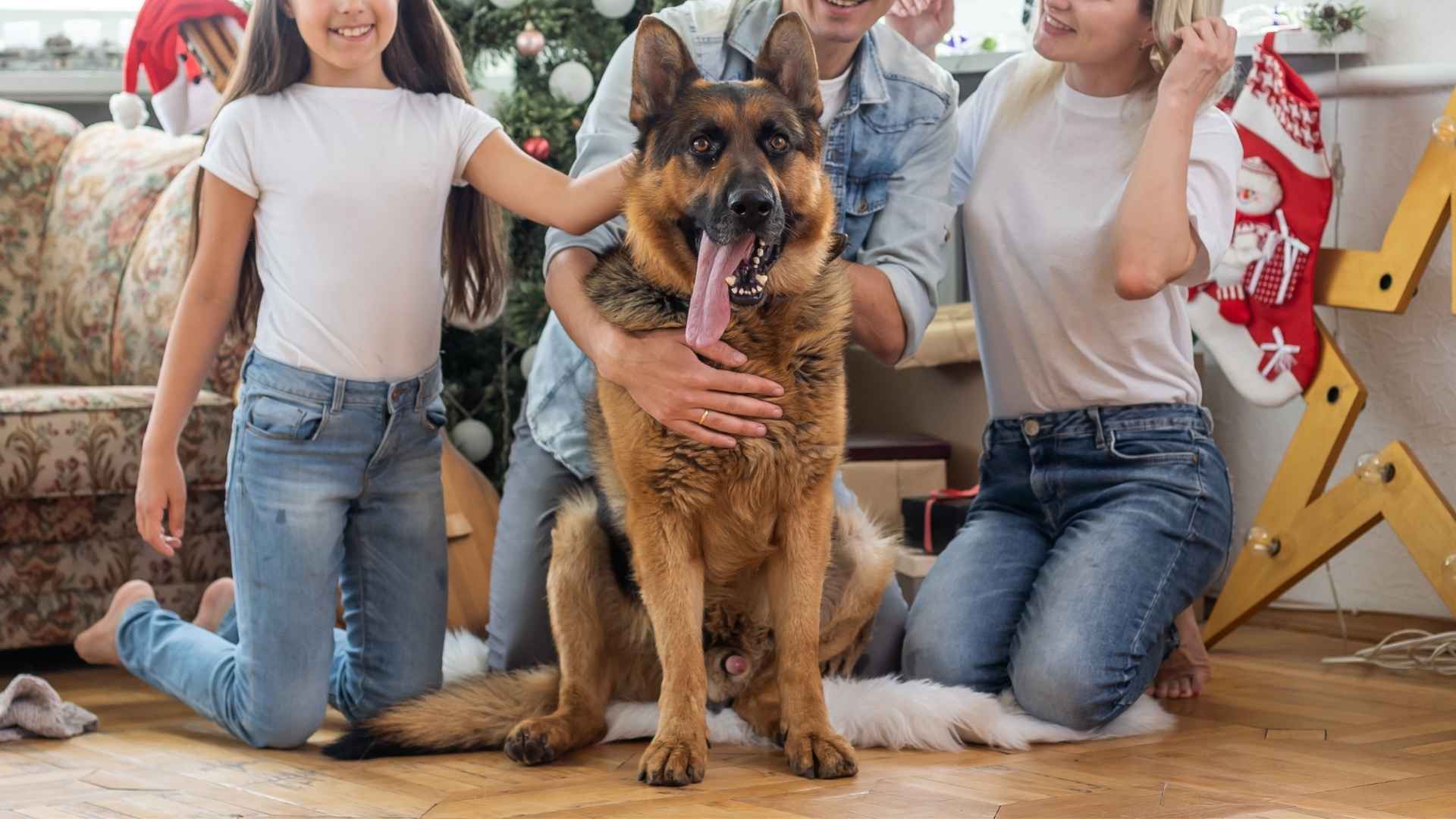Home security comes in many forms, but none quite as loyal or loving as a family guard dog. Every night, they make their rounds. They check the kids’ rooms, peek out windows, and finally settle at the foot of their owners’ bed – always alert, always ready.
These special breeds serve as both alarm systems and beloved companions, alerting you to potential threats while forming deep bonds with every family member. Unlike cameras or alarms, these furry protectors can tell friend from foe, offering smart protection that adjusts to each situation.
These nine exceptional breeds excel at keeping your home safe while filling it with joy. These dogs don’t just guard your property – they guard your heart, too. So, let’s explore them!
Family Guard Dog Breeds
1. Mastiff
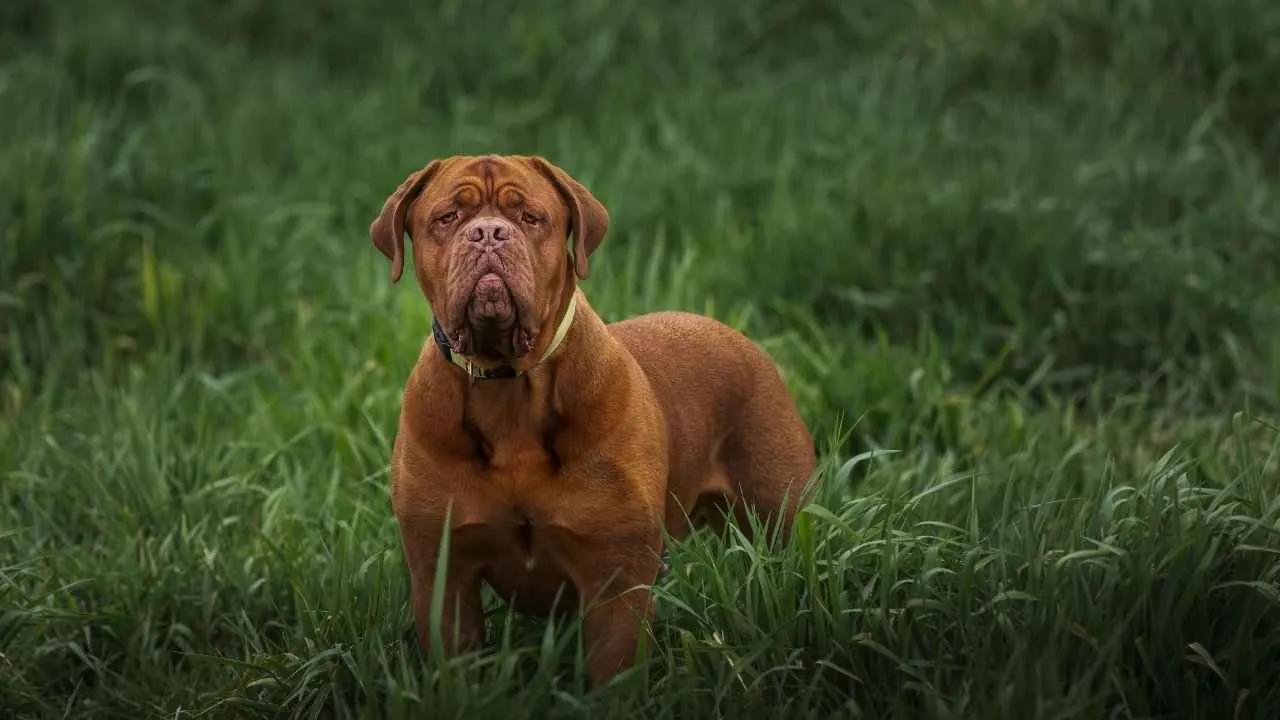
Mastiffs are calm, steady protectors with a powerful presence that fits well in family life. As part of the Working breed group, they were originally bred for guarding and rescue. Their size alone can deter threats, making them excellent guard dogs. Beneath the tough exterior, they’re gentle and affectionate companions.
Mastiffs need around an hour of exercise a day once fully grown. When young, their joints are still developing, so gentle activity is best. Their muscular build demands thoughtful care through each stage. Introducing proper training early helps shape a calm, balanced dog.
Grooming needs are simple, with weekly brushing usually being enough. Their facial wrinkles need daily cleaning to prevent irritation. A regular routine supports both hygiene and bonding. These small habits go a long way in keeping them healthy and content.
With a strong natural instinct to protect, Mastiffs offer quiet confidence in a family setting. Early socialization helps them grow into well-adjusted, friendly dogs. Their loyalty runs deep, and they thrive in stable homes. Strength and gentleness blend beautifully in this noble breed.
They fall under ‘Category Three’ in The Kennel Club due to health concerns tied to their appearance, as mentioned in PDSA. Years of selective breeding have led to exaggerated features that may cause discomfort. Regular vet care and mindful management help reduce risks. A responsible approach ensures their well-being is prioritized.
2. Hovawart
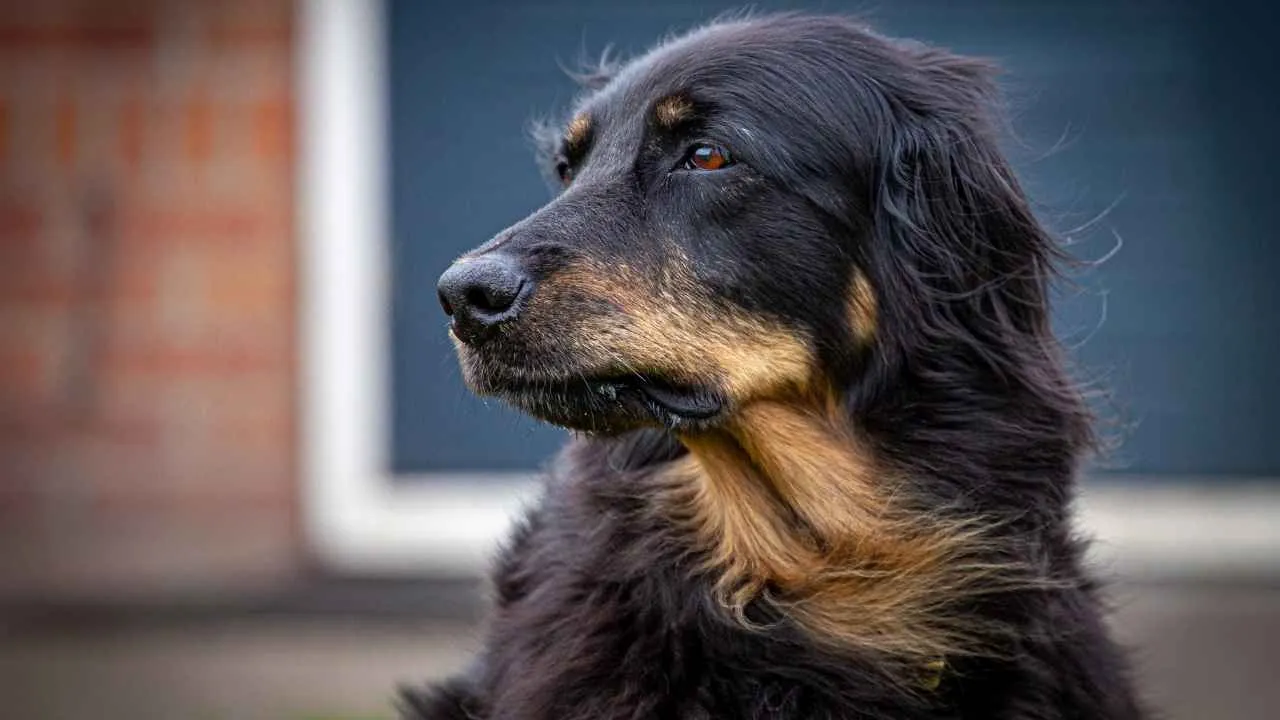
The Hovawart is a large dog with a sturdy frame and a flowing, weather-resistant coat. Their build is slightly longer than tall, giving them a strong and grounded presence. Beneath that glossy coat is a dog full of personality and purpose. When socialized early, they become incredibly loyal and reliable in a family setting.
Known for their confidence and devotion, Hovawarts form deep bonds with their people. They’re naturally protective, making them one of the more alert protective dog breeds. With structured training, they learn to distinguish real threats from everyday visitors. This helps them stay even-tempered and tolerant in different situations.
They’re happiest in rural spaces with active lifestyles and room to explore. Owners who enjoy training and long outdoor walks are a great match. This energetic breed thrives when mentally and physically engaged. A love for tracking, agility, or obedience work brings out their best.
Daily life with a Hovawart includes exercise, grooming, and a bit of mess. Mud, water, and drool often come along with their playful spirit. As muscular dogs, they need strength-focused activities to burn energy. Their presence is both powerful and playful under the right care.
Two or more hours of daily exercise keeps them satisfied and sharp, as Purina claims. Interactive games and problem-solving tasks add extra enrichment. They can get along well with other dogs when socialized properly. In the right home, they blend strength, smarts, and steadiness beautifully.
3. Great Pyrenees
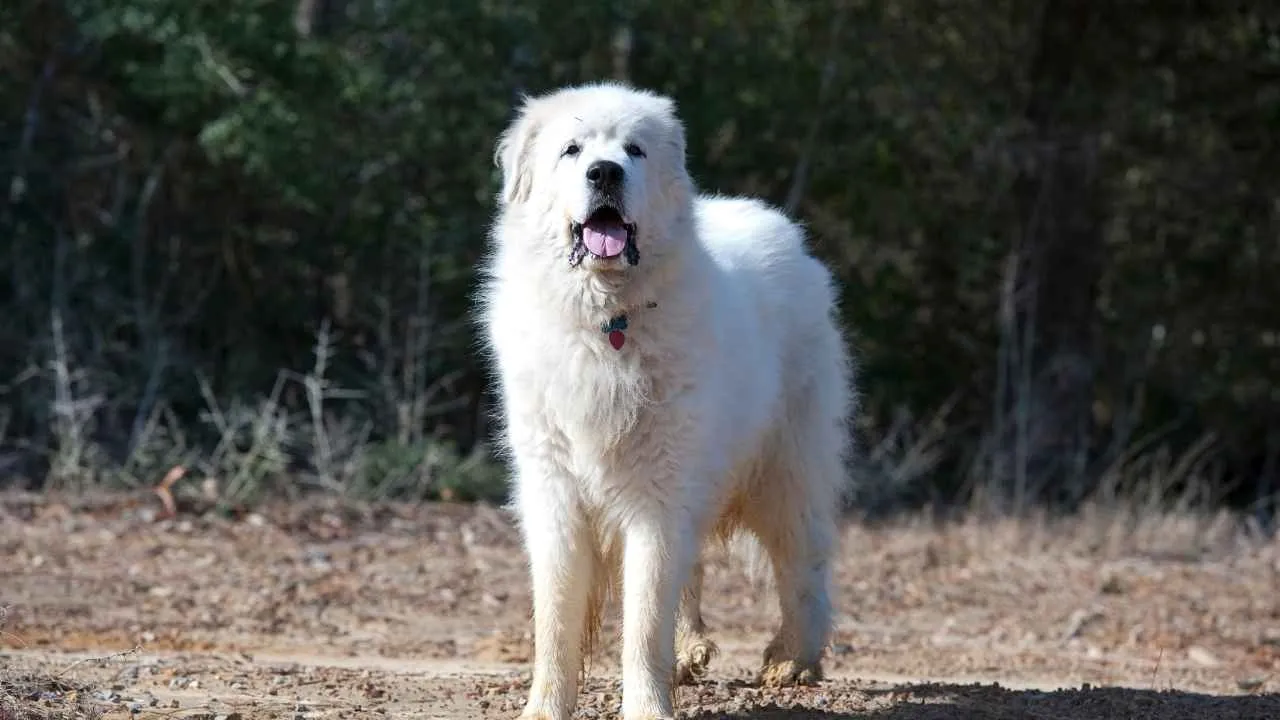
The Great Pyrenees was originally bred to guard flocks in harsh mountain terrain. Their instincts still run deep, making them incredibly watchful and composed at home. They don’t react impulsively, but their presence alone can be intimidating when needed. These traits make them a solid choice for families seeking a natural protector.
Though calm indoors, they’re always aware of what’s happening around them. They move with quiet confidence, stepping in when they sense something isn’t right. Known to be patient with children, they show remarkable tolerance and restraint. But early socialization plays a big role in shaping that balance.
This breed often forms strong attachments to its household, treating it like a personal territory. They can be selective with strangers, but their loyalty to familiar people runs deep. The Great Pyrenees tend to be independent thinkers, which calls for consistent and respectful training. Harsh methods don’t work with them.
They were never meant to be flashy or overly active, but they do require daily structure. Long walks paired with purposeful tasks help keep them content. When raised around other animals, they usually adapt well and take on a calm guardian role. Their patience extends well beyond just humans.
Known for their thick coats and quiet strength, they manage the role of family guardian with grace. Their ability to remain alert without being reactive is rare among large breeds. With time and trust, they often become gentle giants who protect without chaos. It’s this quiet confidence that defines their legacy.
4. Estrela Mountain Dog
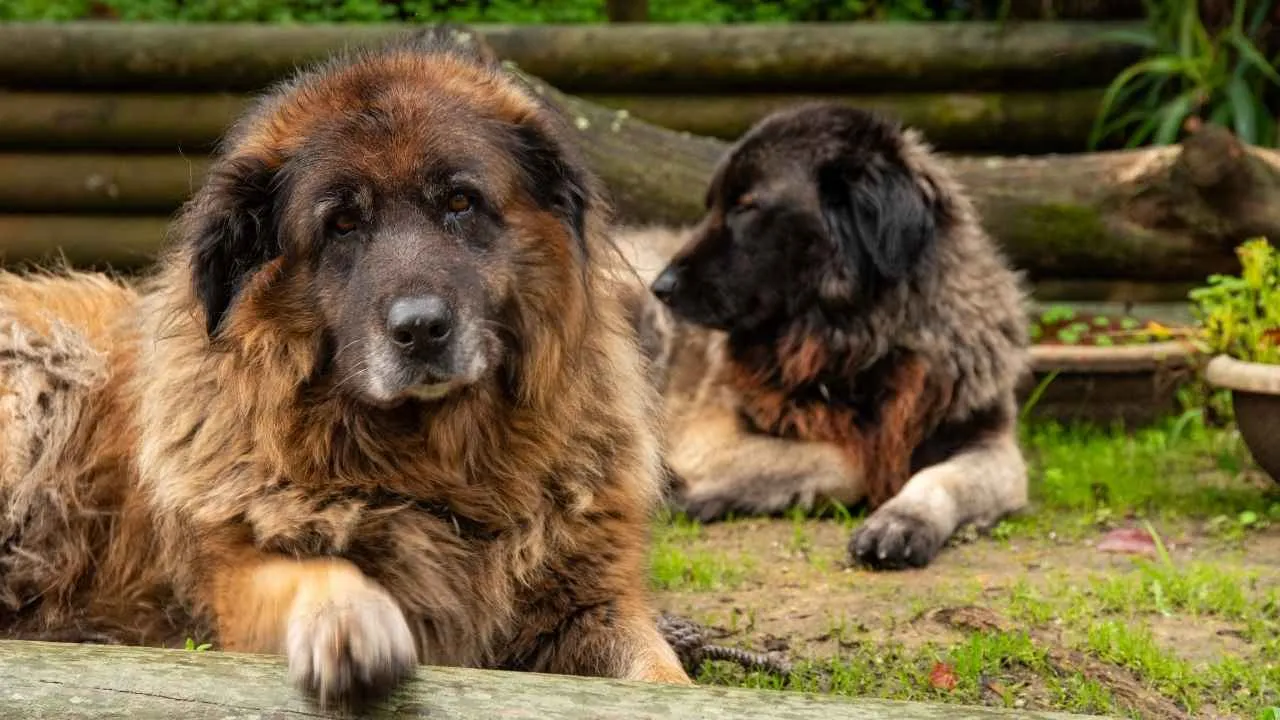
The Estrela Mountain Dog is strong yet surprisingly agile, with a build made for endurance. Its dense coat, whether long or short, adds both character and protection in rough terrain. The texture is slightly coarse but well-suited for harsh weather. These physical traits reflect the breed’s working origins in mountainous regions.
They are extremely loyal, known for forming deep bonds with their family and home. This loyalty is paired with a calm confidence that rarely wavers. While they may appear distant with strangers, it stems from caution, not aggression. Early socialization helps channel that watchfulness into steady, predictable behavior.
Their sharp mind stands out—this breed belongs among the smartest breeds used for protection work. They benefit from puzzle games, varied walking routes, and active engagement. Estrelas are known to enjoy structured activities with their humans when raised with trust. Their independence becomes an asset when handled right.
The Estrela needs a balance of mental stimulation and physical outlet to stay fulfilled. A steady mix of walking, training, and scent work keeps them grounded. They aren’t naturally reactive but will step up when something feels off. This makes them one of the best guard dogs for rural homes with space.
When properly raised, they can coexist well with small children, though supervision is always essential. Their size and power require mutual respect in the household. With clear guidance, they develop into calm protectors who rarely need to prove themselves. The bond they build is based on consistency, not control.
5. Boxer
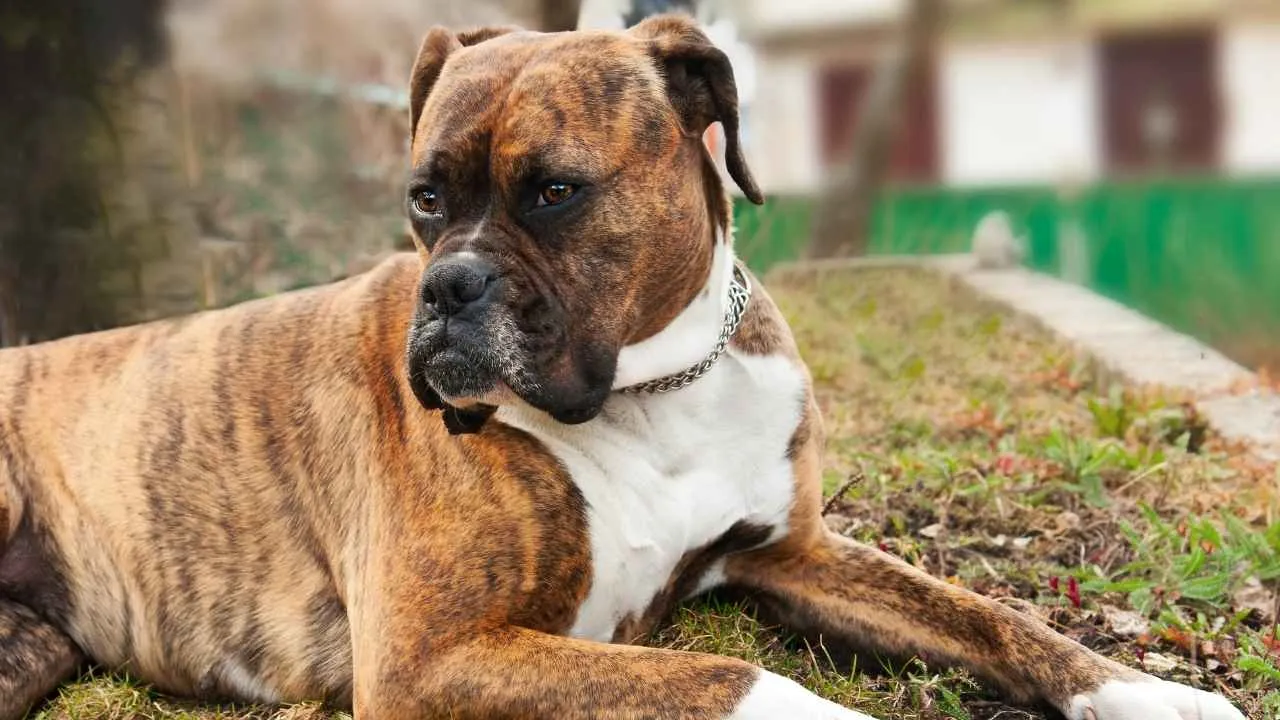
The Boxer is an athletic, medium-sized breed with deep roots in Germany, originally used for hunting and guarding. Their agility and quick reflexes still shine through in the way they move—energetic, alert, and built for action. They love running, leaping, and staying active with their people. It’s this physicality that helped shape them into a great guard dog for family homes.
With an expressive face and watchful stance, Boxers bring a protective nature that’s instinctive rather than reactive. They’re naturally wary of unfamiliar people but rarely act without purpose. Early socialization helps shape their confidence and composure. When raised with care, they strike a perfect balance between affection and alertness.
Daily physical and mental stimulation is essential to keep a Boxer satisfied and well-mannered. Long walks, fetch, or agility training tap into their drive and focus. They respond well to clear, positive reinforcement—consistency matters with this breed, as per the insights of PetMD. Their eagerness to learn comes alive when energy is channeled productively.
Training should begin early, ideally alongside regular exposure to various people, places, and sounds. This shapes them into calm, adaptable dogs who can thrive in busy family settings. When raised this way, Boxers generally get along well with children and even other pets. The key is building trust and manners from the start.
Boxers bring both energy and loyalty into everyday life, always ready for a challenge. They enjoy activities like flyball, nose work, and fast-paced games that allow them to bond with their people. Their enthusiasm is contagious, and their loyalty is steady. For families who enjoy active living, a Boxer fits right in.
6. Bernese Mountain Dog
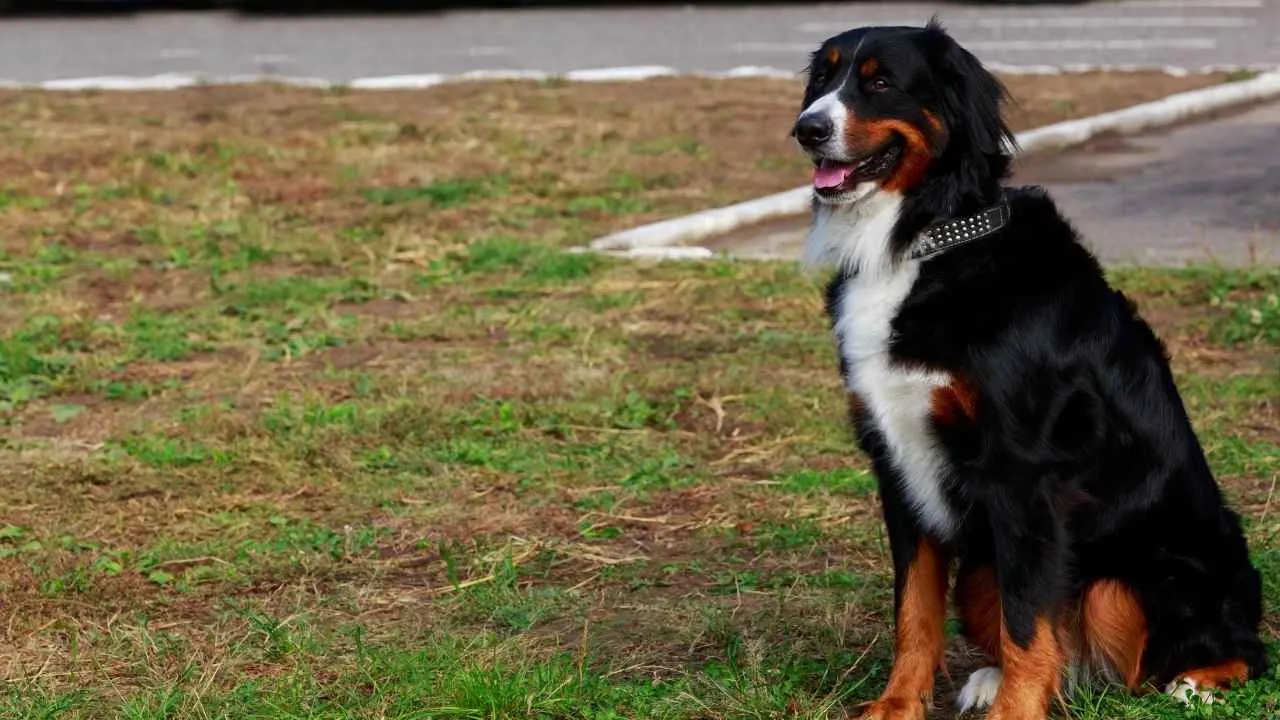
The Bernese Mountain Dog was bred to watch over fields and barns, and that farm-born sense of duty still lives in him today. He stands tall, calm, and watchful, with protective instincts that show up not in aggression but in alertness and presence. He’ll bark when needed but settles quickly once he feels the situation is under control. This quiet confidence makes him a reliable family companion.
What adds to his charm is a natural warmth toward children, often seen lounging near them or trying to join their games. The breed’s large size means supervision is important, but their gentle manner balances it well. While they may hesitate around strangers at first, their fierce loyalty to loved ones is what shapes their behavior. They are easy to trust and comforting to have around.
With a double coat that sheds heavily, brushing isn’t optional—it’s part of daily life. Their minds need just as much attention, as boredom can easily lead to digging or chewing. A Bernese thrives with regular activity and simple challenges that keep them stimulated. They enjoy working alongside their people, whether in play or purpose.
It’s not unusual for a Bernese to carry their puppy charm well into adulthood, greeting you with wide-eyed energy even as their body grows large. They crave affection and do best when praised often and treated with patience. Harsh corrections don’t sit well with them, as they tend to internalize emotional tension. What they really respond to is steady love and consistency.
Calm and good-natured, the Bernese is the kind of dog who wants to be wherever the family is—whether that’s by your feet, in the yard, or tagging along on errands. They’re intelligent without being demanding and social without being pushy. Their sense of connection runs deep, and they thrive on simply being included.
7. Boerboel
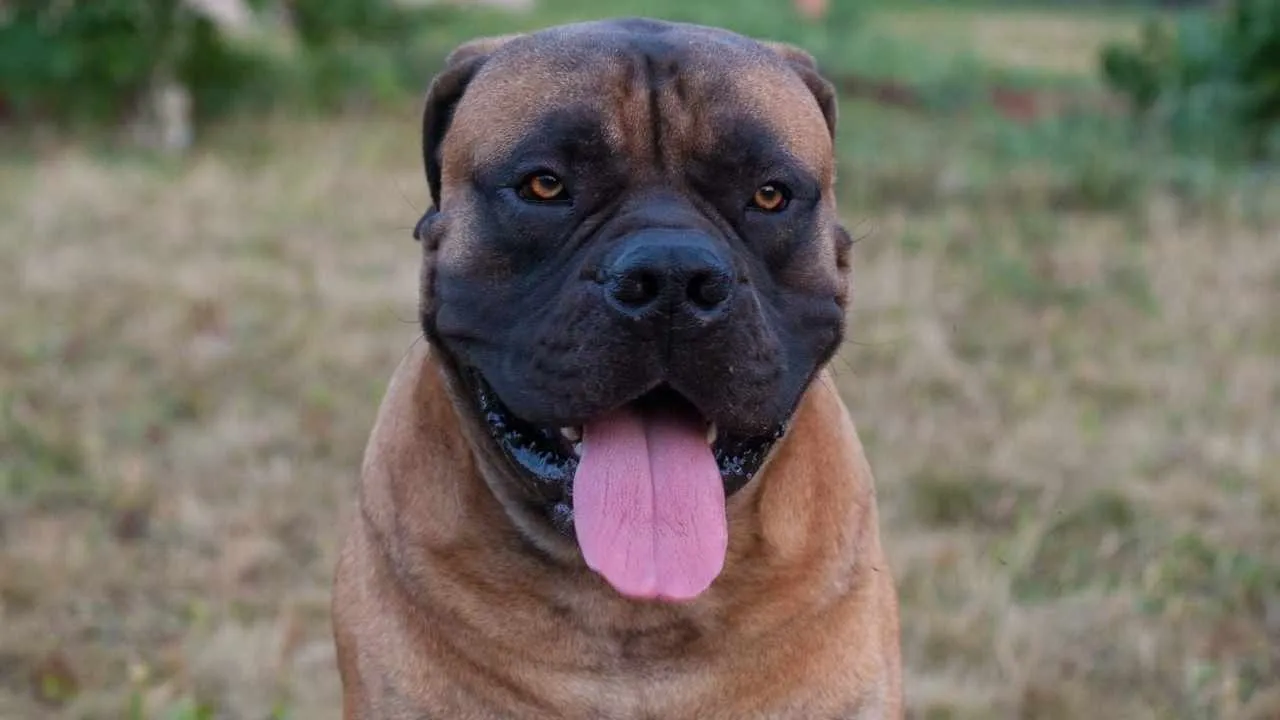
Originally bred to face predators like lions, the Boerboel carries a presence that’s impossible to ignore. Centuries of work on South African farms have shaped this dog into a powerhouse with purpose. Even though preservation of the breed only began in the 1980s, its roots run deep, as per PetMD. Today’s Boerboel still walks with the confidence of something ancient and sure-footed.
It’s easy to be charmed by their calm temperament and low-maintenance coat, but raising one isn’t effortless. This breed is assertive by nature and not easily swayed, which means they’ll need structure from day one. Their guarding instincts are strong and always operating in the background. Left unchecked, that protective drive can become a challenge.
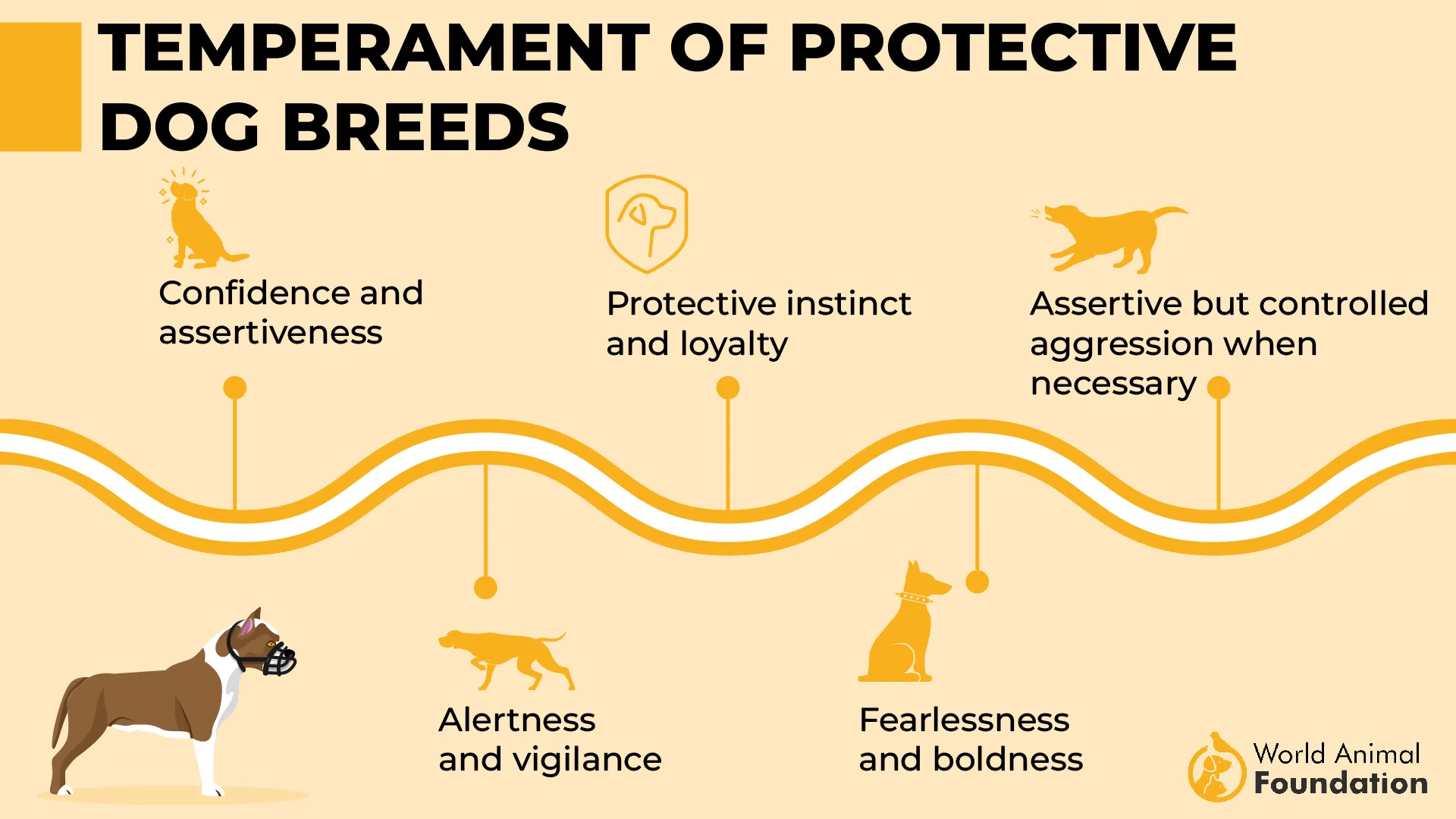
Boerboels form a strong bond with their people and thrive when raised in an environment that values routine. They’re often good with children in their household, naturally watching over them without being overly intrusive. Strangers, however, are approached with caution, and introductions must be done mindfully. That’s where early socialization makes all the difference.
Training Boerboels takes more than basic obedience—it’s about earning trust and establishing mutual respect. They do best with someone who understands their mindset and offers clear direction through calm leadership. Their brains are sharp and capable, but without guidance, they’ll make their own rules. Personal protection isn’t taught; for them, it’s instinctive.
Once well-socialized, these dogs can excel in structured activities that challenge both strength and intelligence. Weight-pull exercises, agility drills, or even stock work give them outlets to use their natural abilities. They enjoy working alongside people they trust and respect. A Boerboel with purpose is a dog that stands tall, not just in size but in spirit.
8. Cane Corso
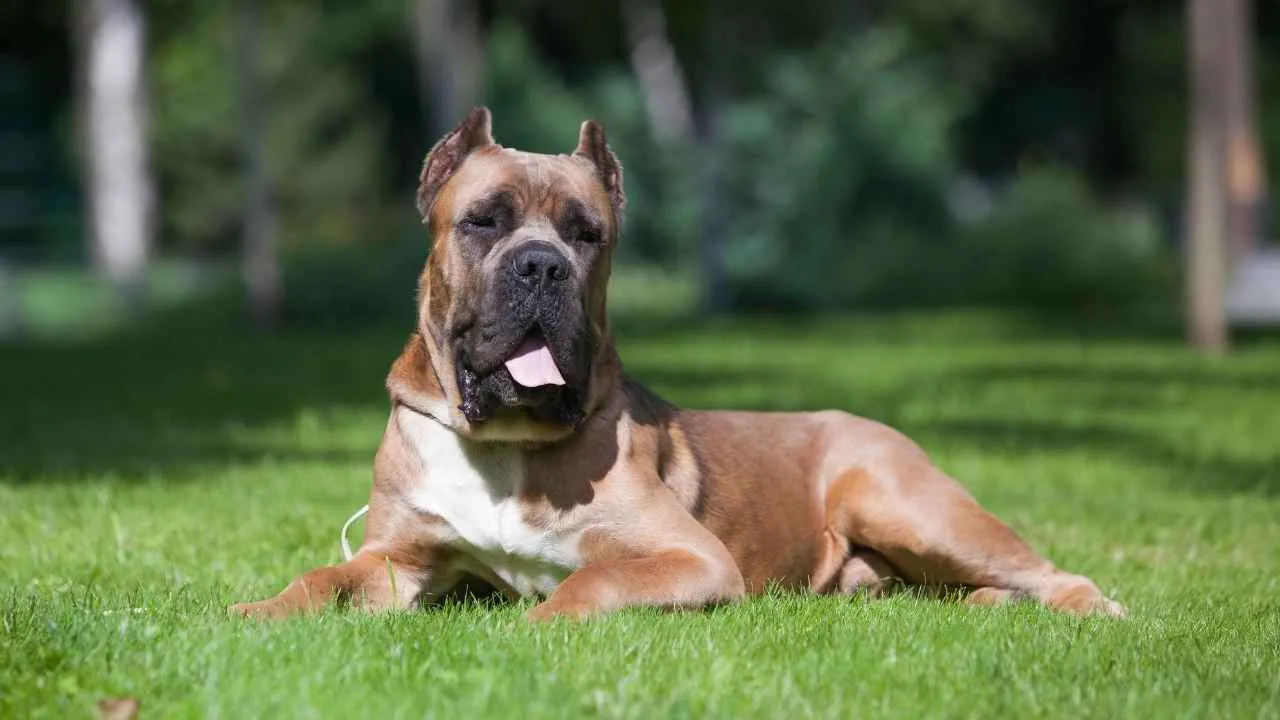
The Cane Corso is a breed that carries an old-world seriousness. Descended from Roman war dogs, this Italian mastiff wasn’t bred to be ornamental—he was built to protect, herd, and guard with purpose. There’s a natural gravitas to how he carries himself, quiet but unmistakably aware. You don’t find this dog pacing aimlessly; he always seems to be on watch, even in stillness.
Though massive in presence, the Cane Corso isn’t sluggish or lazy by any stretch. His body is athletic, capable of quick bursts of energy and strength when needed, making him well-suited for tracking, protection, and endurance-based tasks. But without proper physical outlets, that energy can bottle up in ways that aren’t ideal indoors.
What makes the Cane Corso stand apart is its ability to read a room before it even enters it. This isn’t a dog that thrives on constant affection or over-the-top attention. He bonds deeply, but selectively, and that connection is built through consistency, not coddling. He has a presence that quietly takes over a space, not because he demands it, but because it’s hard to ignore him when he’s there.
That said, this isn’t a breed for guesswork or improvisation. Raising a Cane Corso well means being firm without ego, and leading without force. He’s smart, but not the kind of smart that blindly obeys—he wants to understand why you’re asking something. Once that trust is built, his work ethic and responsiveness are unmatched, but rushing the process won’t work.
In the right hands, he becomes more than a companion—he becomes an extension of his environment, noticing changes before you do, and responding before you even ask. He isn’t loud unless there’s a reason, and he doesn’t act unless it matters. With a Cane Corso, ownership is a responsibility, not a status symbol, and for those who get it, nothing else compares.
9. Puli
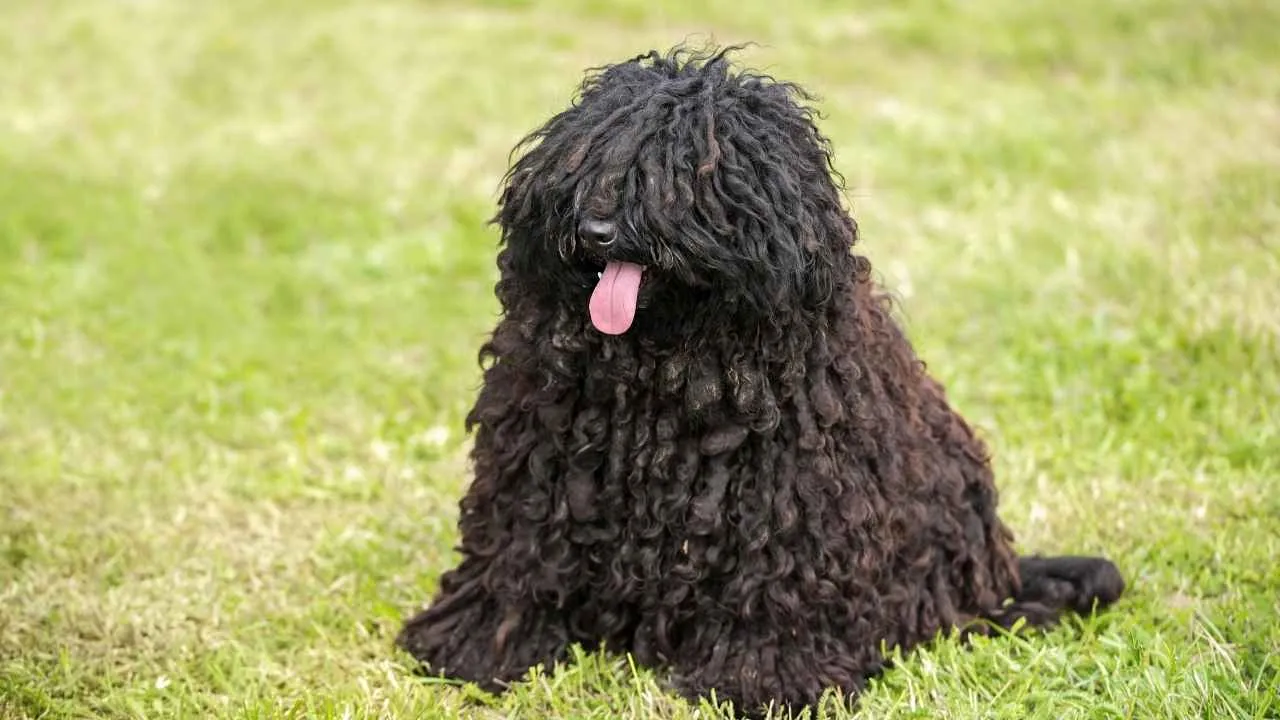
With roots tracing back to pre-900 A.D. Hungary, the Puli comes from nomadic tribes that valued him as more than just a herding dog. Carrying an Asiatic lineage, he shares ancestry with the Tibetan terrier, giving him both grit and grace. His name speaks volumes—”drover” for his drive and “destroyer” for his fierce determination, as Hill’s Pet claims. He was never meant to blend in; he was meant to take charge.
A tightly curled tail sits high over his corded coat, often making it hard to tell which end is leading. That earned him the nickname “push-me, pull-me,” and it suits his unpredictable charm. His signature coat forms naturally into cords, some round, some flat, depending on his coat texture. This woolly armor does more than impress; it keeps him ready for anything outdoors.
Those cords, though eye-catching, are just one part of his story. The Puli has a sharp mind and often uses it to get what he wants, making him both clever and slightly manipulative. Bred for long stretches of solitude, he learned to be self-reliant but never distant. He’s known to be brave in ways that outsize his frame, standing firm when it counts.
At home, he’s affectionate yet always on duty, scanning for intruders with quiet alertness. He might explore the yard or go on a quick search, but always circles back to check on his people. His loyalty is bone-deep—he’s not just a pet but a presence that watches, reacts, and protects. He makes his family feel seen, always.
Though labeled a herder, he treats family as his true flock. Whether barking a warning or resting near your feet, he’s tuned into the rhythm of home life. He may be outgoing or reserved, but he’s never indifferent to the people he loves. The Puli doesn’t just live with you—he keeps your world in check.
Conclusion
Choosing the right guard dog means finding a balance between protection and temperament. These breeds are extremely protective by nature, but with proper training, they learn when a loud bark is necessary and when to remain calm when a visitor arrives.
Despite their sometimes bad reputation, these guard dogs aren’t inherently aggressive. They’re highly trainable companions who simply need clear guidance and consistent boundaries to channel their protective instincts appropriately.
Daily walks and mental stimulation are essential for these intelligent breeds. A tired dog is a well-behaved dog, and regular exercise helps maintain both physical health and emotional balance.
Whether you choose a flock guardian like the Great Pyrenees or an athletic protector like the Boxer, these dogs all share one mission. They’re dedicated to keeping your family safe through their natural vigilance and unwavering loyalty.
Remember that these dogs become true family members, not just pets or security systems. The bond you create through respect and care transforms these powerful protectors into gentle giants who’ll deter intruders while showing nothing but love to their human pack.


